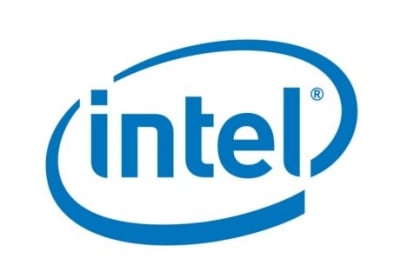 Intel has just introduced a 3D transistor design for its next generation of chips and these “Tri-Gate” transistors could power a new, powerful class of computers, smartphones and tablets.
Intel has just introduced a 3D transistor design for its next generation of chips and these “Tri-Gate” transistors could power a new, powerful class of computers, smartphones and tablets.
The 3D transistor design is important because the chips we have in mobile phones and tablets today are already pretty darn tiny and we’re near the point where it would be very difficult to continue Moore’s Law. The Tri-Gate transistors is supposed to provide more processing power while also reducing power consumption, as Intel said the 22nm transistors will provide up to 37 percent performance increases at a low voltage. The first chips will be the 22nm “Ivy Bridge.”
“Intel’s scientists and engineers have once again reinvented the transistor, this time utilizing the third dimension,” said Intel President and CEO Paul Otellini, in a prepared statement. “Amazing, world-shaping devices will be created from this capability as we advance Moore’s Law into new realms.”
The Ivy Bridge chipset with the 3D transistor design will be available by the end of the year but it might take a little longer for retail products to roll out. Still, this is a very exciting time in the chip world and this move could help Intel get a foothold in the increasingly-important mobile arena.
Intel is dominant with desktops and laptops but it’s mobile offerings have been weak at best. It’s still pushing MeeGo despite Nokia backing out and it has rapidly lost ground to the likes of ARM and NVIDIA.
It may soon be making a huge impact in the mobile space though, as we’re hearing rumors that Intel may power the next Apple iPhone. Yes, we’ve heard that before but there seems to be a bit more traction with this one. It may be too soon for the 3D transistor chips to land with the iPhone 5 but you know that Apple is chomping at the bit to get more power in a smaller chip.
